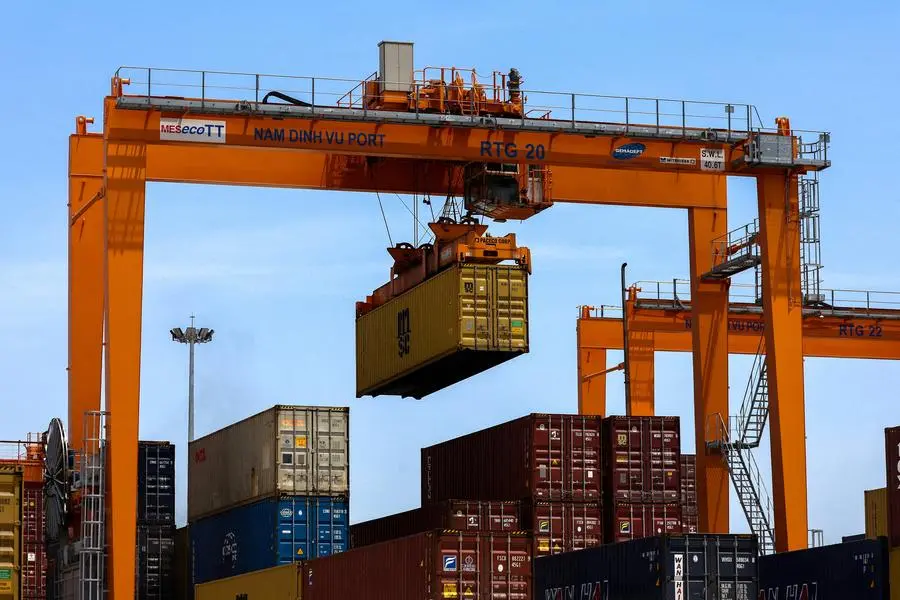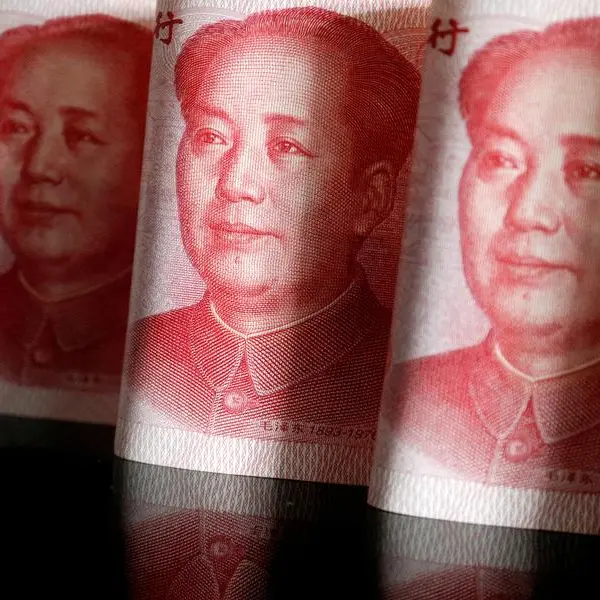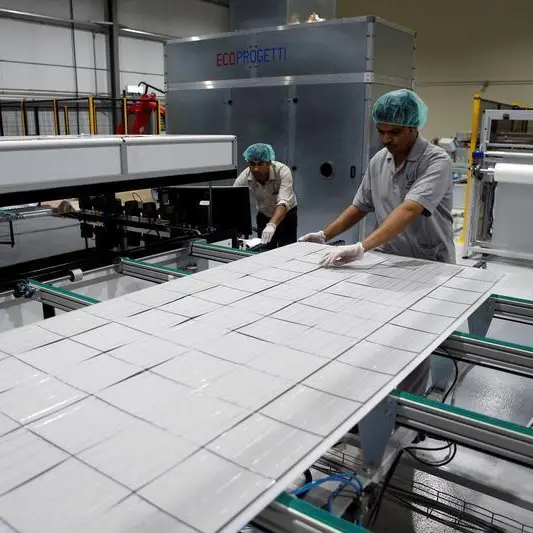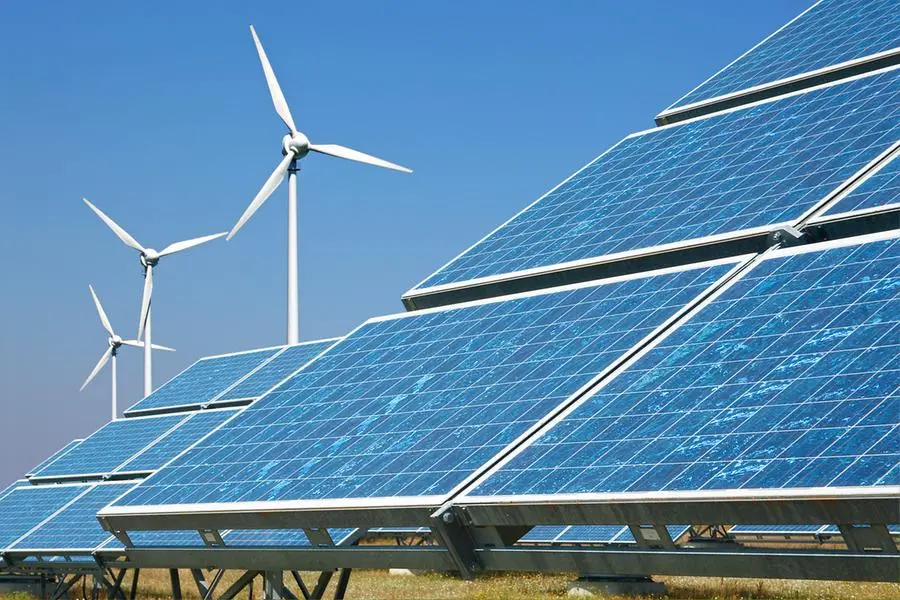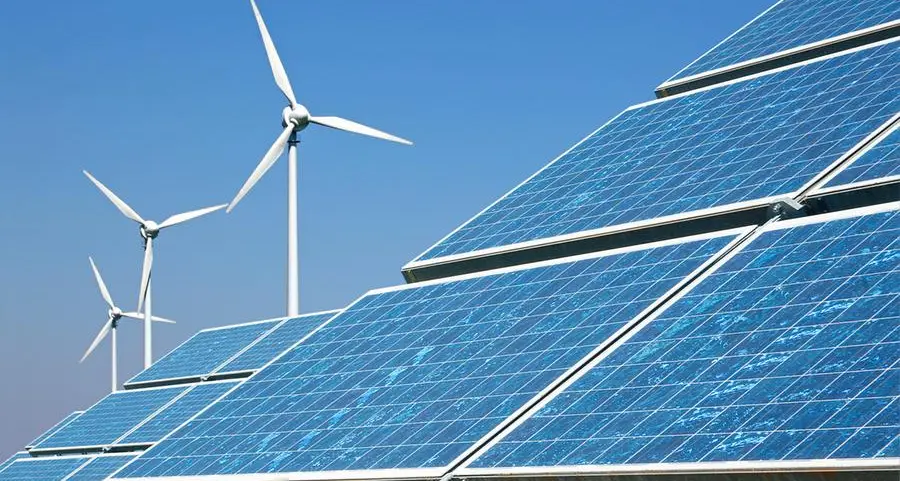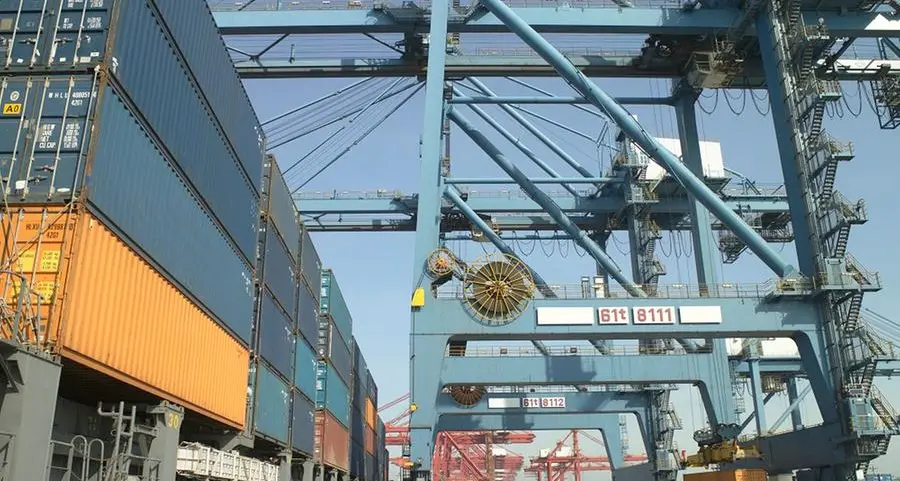PHOTO
(The opinions expressed here are those of the author, a columnist for Reuters)
LITTLETON, Colorado - The tariff deal between the United States and Vietnam sets the stage for a further climb in trade volumes between the countries and will also impact the energy generation mix that powers the fast-growing Vietnamese economy.
U.S. President Donald Trump singled out U.S.-made SUVs as a potential beneficiary of the deal in a social media post, while U.S. energy firms will be hopeful that Vietnam will emerge as a key growth market for LNG.
However, sellers of both bulky passenger trucks and pricey super-chilled gas may be disappointed over the near term as Vietnam's economy remains overwhelmingly reliant on cheap coal for domestic power and nimble motorcycles for transportation.
Further, as Vietnam will remain saddled with 20% tariffs on goods sold to its top export market, corporate profits will remain compressed and may starve the economy of the funds needed to pay for the pricey goods the U.S. is hoping to sell.
Below are key data points on vehicle ownership, power generation and manufacturing output to help monitor how trade and energy trends may evolve following the tariff agreements.
2 WHEELS BETTER THAN 4
While many in Vietnam may have ambitions to own one of the SUVs that President Trump hopes to sell more of, a vast majority of the vehicles in Vietnam are motorcycles, which make up more than 90% of all registered vehicles in the country.
The motorcycle ownership rate is around 518 per 1,000 people, while car ownership stands at around 22 per 1,000, World Bank data shows.
As Vietnam's economy continues to grow, car sales are expected to accelerate sharply, which bodes well for all global car exporters.
However, the country's narrow streets and limited parking spaces in cities mean that finding space for even a small car can already be a challenge.
What's more, automakers in China - the world's top car producer - along with Japan and South Korea already have a strong presence in Vietnam, and so will present stiff competition for U.S. SUV sellers hoping to grab market share.
COAL CRUTCH
U.S. sellers of LNG are also optimistic about Vietnam's growth potential, given the energy-intensive nature of its manufacturing-heavy economy.
However, there are several reasons to expect Vietnam's LNG import appetite to only grow modestly from here.
Firstly, coal currently generates around 50% to 55% of the country's electricity, and is far cheaper for cost-conscious utilities to burn compared to costly imported natural gas.
The country relies on imports for over half of its coal needs, but is cheaply supplied by neighbour China and by top coal exporter Indonesia.
Secondly, the country's domestic production of natural gas has steadily declined over the past decade due to depleting gas fields, and in 2024 was 40% less than was produced in 2015, according to the Energy Institute.
The combination of an entrenched coal power system and declining gas reserves has served to squeeze natural gas out of the electricity mix, with gas's share now around 7% to 9% compared to around 12% to 15% in 2022, data from Ember shows.
Reduced gas use has in turn stalled gas infrastructure development, with no gas power plants currently under construction in Vietnam, according to Global Energy Monitor (GEM).
There is around 4 gigawatts (GW) of LNG import capacity under construction, and a further 17 GW in so-called pre-construction, GEM data shows, which is driving the optimism among LNG exporters.
However, there is also an estimated 53 GW of wind power in pre-construction as well as 5 GW of utility-scale solar, which are being driven by clean energy policies set by the government and supported by civilians who want lower pollution.
The country is also a major manufacturer of solar panels and components, which ensures that utilities have ready access to clean energy equipment that can be installed more quickly than any other power source.
This may serve to curb future interest in building out more gas-handling capacity in Vietnam, regardless of U.S. hopes for higher LNG exports.
MANUFACTURING DRIVE
Vietnam's fast-growing manufacturing sector will play a big role in determining the country's energy needs and power mix.
Rapid expansions to production lines over the past decade have resulted in total electricity demand more than doubling between 2014 and 2024, according to Ember.
However, the need for manufacturers to remain cost competitive against peers in China and elsewhere has meant that power firms have been under pressure to keep energy prices as low as possible.
That in turn has resulted in a strengthening of coal's grip on Vietnam's power sector, and the rapid uptake of cheap home-made solar systems.
The country's heavy industry and producers of cars, chemicals and plastics will likely help sustain growth in gas demand over the coming years, and lift overall LNG imports.
But with most manufacturers dependent on electricity rather than gas for power, most of the growth in future generation looks set to be a combination of coal and renewables, which are viewed as more economical than building new gas plants.
The country has also sharply raised production of cables and other power sector components since 2022 as part of the global re-shoring of production outside of China.
That in turn has only helped accelerate the drive towards electrification as cheaply as possible, and may also limit Vietnam's overall demand for LNG and other pricey U.S. exports.
The opinions expressed here are those of the author, a columnist for Reuters.
Enjoying this column? Check out Reuters Open Interest (ROI), your essential new source for global financial commentary. ROI delivers thought-provoking, data-driven analysis of everything from swap rates to soybeans. Markets are moving faster than ever. ROI can help you keep up. Follow ROI on LinkedIn and X.
(Reporting by Gavin Maguire; Editing by Jacqueline Wong)
